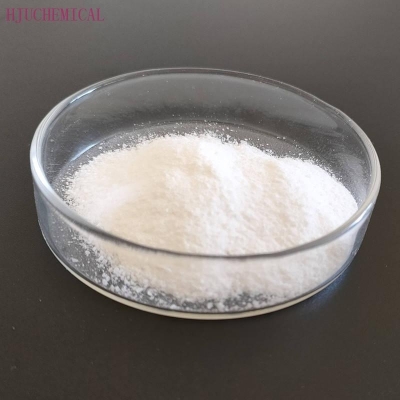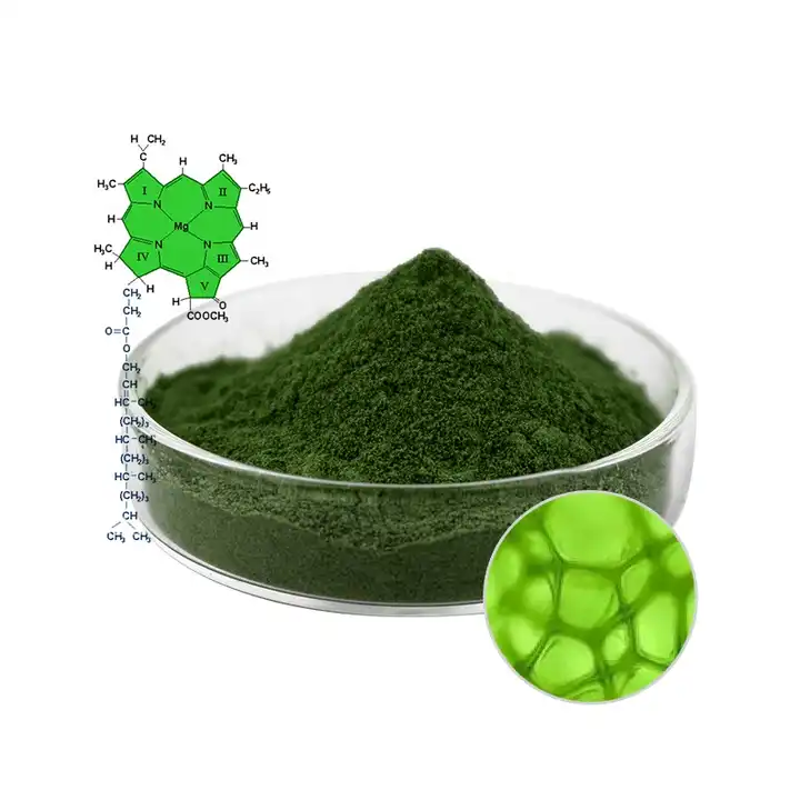-
Categories
-
Pharmaceutical Intermediates
-
Active Pharmaceutical Ingredients
-
Food Additives
- Industrial Coatings
- Agrochemicals
- Dyes and Pigments
- Surfactant
- Flavors and Fragrances
- Chemical Reagents
- Catalyst and Auxiliary
- Natural Products
- Inorganic Chemistry
-
Organic Chemistry
-
Biochemical Engineering
- Analytical Chemistry
- Cosmetic Ingredient
-
Pharmaceutical Intermediates
Promotion
ECHEMI Mall
Wholesale
Weekly Price
Exhibition
News
-
Trade Service
As a strategic energy source, oil plays an important role in many fields.
Offshore oil exploration is one of the important sources.
More and more offshore oil production platforms in China are under construction
.
Due to the requirements of heat preservation and corrosion protection, oil production platforms will have coatings of tens of millimeters or even hundreds of millimeters on the outside of many containers and pipelines
.
On April 29, 2019, our company was invited by the owner to bring pulsed eddy current equipment to an oil production platform in Bohai Bay to conduct corrosion inspection of the container under the insulation layer.
After a few days, the established inspection task was completed.
Delang Pulse The detection capability of eddy current equipment has been unanimously affirmed by all parties
.
Now share this process, so that everyone has a deeper understanding of pulse eddy current equipment
.
One.
testing method
1.
1 Principles and characteristics of pulsed eddy current testing technology
1 the principle of pulsed eddy current testing technology .
1.
1
As shown in Figure 1-1, the excitation current is added to the excitation coil to generate a changing magnetic field.
The magnetic field induces eddy currents on the workpiece, forming a vortex distribution on the workpiece, which is called eddy current
.
The traditional eddy current adds a sinusoidal excitation current.
Due to the problem of heating, the excitation current is generally small, and it is usually used to detect near-surface defects on the surface of the workpiece
As shown in Figure 1-2, the probe is tested in the intact and corroded areas with cladding layer.
It can be seen from the figure that the larger the wall thickness, the longer the induced voltage decays to zero, and the decay time and thickness It is proportional to the square of, so the greater the thickness in actual inspection, the longer the single inspection time
.
The existing imported pulse vortex equipment is developed based on the single variable relationship between thickness and decay time, so that it is susceptible to external vibrations and changes in the thickness of the coating layer
.
As shown in Figure 1-3, the front side is the detection model, the electromagnetic field around the entire base metal is solved, and the back side is the distribution and diffusion process of the eddy current in the base metal
.
From this model diagram, it can be known that the cladding layer on the outside of the base material is non-conductive and non-magnetic, so the pulse eddy current can be allowed to lift off
.
As shown in Figure 1-4, the green experimental measurement curve and the red theoretical calculation curve are basically completely overlapped, and the error value is small, which can meet the testing requirements
.
1 .
1.
2 pulsed eddy current inspection process detection technique
1) Testing equipment
The equipment is independently developed by Beijing Delang, with complete intellectual property rights, and truly achieves the localization of pulse eddy current equipment
.
As shown in Figure 1-5, this equipment can detect the changes in the wall thickness of the metal material with the coating layer in service, with high efficiency and low detection cost
.
2) Selection of probe
As shown in Figure 1-6, we have three sets of probes p1/p2/p3 when testing carbon steel materials
.
Different types of probes can be selected according to the thickness of the coating layer and the wall thickness of the base material .
As shown in Figure 1-7, we have two sets of probes p1/p2 when testing stainless steel materials
.
Different types of probes can be selected according to the thickness of the coating layer and the wall thickness of the base material .
3) Calculation of the coverage area of the probe
FP≈0.
65×L0+FP0
among them:
L0: Lift-off signal (coating thickness)
FP0: When the lift-off signal is equal to zero, the inherent coverage of the probe
Note:
Corresponding to our P1 probe: FP0=40mm, P2 probe: FP0=80mm, P3 probe: FP0=100mm
.
4) Instrument operation
As shown in Figure 1-8, according to different base material thickness and lift-off, select the appropriate probe, and the detected thickness is the average thickness of the base material under the foot area of the probe
.
Select the calibration point on the inspected workpiece, and then perform the inspection
.
2.
Detection process and analysis
The basic principles of pulsed eddy current are introduced above, and theoretically let everyone understand why the equipment can detect the corrosion of the inner and outer walls of the workpiece under the insulation layer.
The specific inspection process and methods of our site are introduced below
.
2.
1 Basic working conditions on site
As shown in Figure 2-1, the main requirements for us to test this time are containers of several squares to hundreds of squares.
The matrix is mostly carbon steel and a small amount of stainless steel.
The thickness ranges from 8mm to 50mm, and there are coating layers.
Some coatings have pits, aluminum skins outside the coatings, and aluminum skins are flat or waved.
Many of the insulation layers have heating wires, single iron wires or wire meshes (fixed insulation cotton).
Most of the containers are at room temperature A small part of it is high temperature
.
2.
2 Detection process
It can be proud to say that the performance of the Delang pulse eddy current equipment on the platform is far better than that of an imported product
.
According to the owner's feedback, the data detected by an imported brand on the platform is very unstable due to interference from heating cables, workpiece vibration, etc.
, and our test results are very satisfied with technical experts in all aspects
During the on-site inspection, we first select the position with no abnormal appearance on the container for calibration, and then select 4 to 10 200*200mm areas on the container wall and head position for inspection
.
Since this is a random inspection, it is necessary to have a certain understanding of the inspected workpieces before the inspection, understand which parts are prone to corrosion, and can conduct targeted inspections
.
For example, the areas where the pipe elbows are easy to scour and thin, the corrosion area in the middle and lower part of the pipe body and the corrosion area of the vessel head are all the focus of the inspection
.
2.
3 On-site test results and analysis
This time we moved to three oil production platforms, inspected 33 containers of varying sizes, and assisted the owner in discovering some corrosion defects
.
Among them, near a container head on a certain platform, a severely corroded area with a wall thickness change of 20% was found.
The owner removed the insulation layer on the spot and verified it with electromagnetic ultrasound.
The verification results are completely consistent with our inspection conclusions.
Unanimous
.
In addition to this more serious corrosion defect, we found three areas with large wall thickness changes (thinning more than 10%)
.
The other two places have also been verified, one of which is because an iron rod is welded to the mother body, and the other is a stiffener plate
.
The difference in the test data caused by the structural parts in these two places has also been recognized by the customer
.
The planned inspection area data of other containers is basically stable and no abnormalities.
For the sake of safety, the owner used the pulsed eddy current inspection and re-examined them one by one with electromagnetic ultrasound, which was consistent with our inspection results.
Such inspection results were approved by the owner.
Fully affirmed
.
Figure 2-4 below is a screenshot of on-site photos and inspection data of the corrosion area
.
three.
Our gains and prospects
To the outside world, oil production platforms are mysterious and rigorous
.
Mobile phones do not have any signal, only satellite phones can ensure our basic communication with the outside world
.
Sometimes there are too many people on the platform, you may need a dozen or twenty people to live in a room, crowded but very lively, and the food on the platform is really good
.
In the evening the sea breeze slowly, looking at the brightly lit platform, a few people communicated today's harvest experience, it also has a special flavor
.
We have worked hard and feel honored to be able to serve the oil production platform and contribute to solving the detection problems
.
Through this offshore platform inspection mission, we once again verified the strong inspection capabilities of the Delang pulse eddy current equipment.
This offshore execution is really rewarding for us
.







